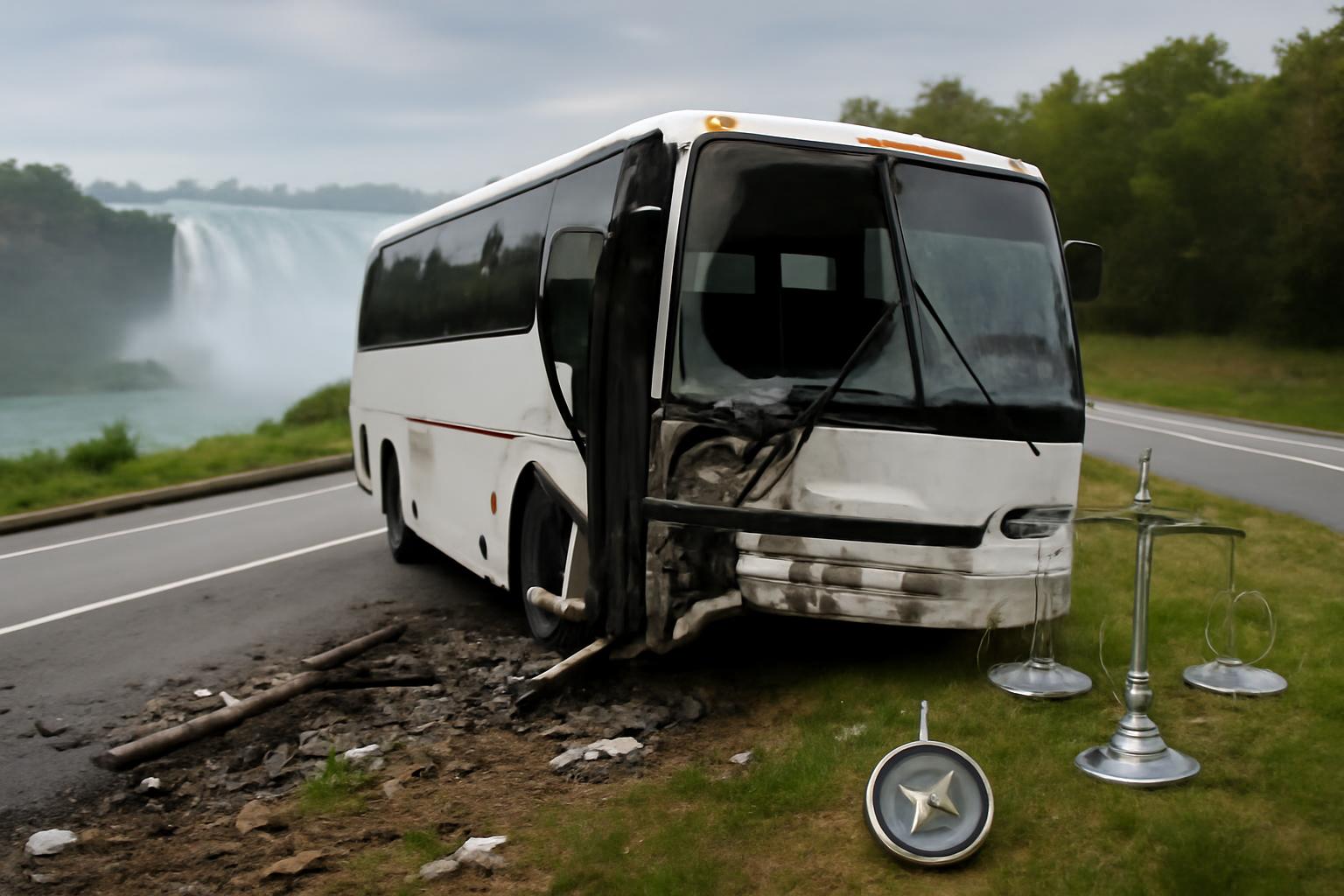A charter tour bus returning from Niagara Falls to New York City overturned near Buffalo, leaving five dead and many injured. The 54 aboard included 52 travelers ranging from a one-year-old to a seventy-something, plus two company staff; no other vehicles were involved. Five perished at the scene, and numerous passengers were thrown from the bus as injured travelers were taken to hospitals with helicopters standing by for possible airlifts. Investigators indicate the vehicle left the roadway because the driver may have been distracted, lost control, and oversteered, though no mechanical failure or medical issue is believed to be the cause. The passengers hailed from across the globe—China, India, the Philippines, the Middle East—and from the United States, with no European nationals identified on board.
From such a catastrophe we are reminded that the order by which a modern society travels is not a blueprint drawn by a single mind but a living tapestry woven from countless local decisions, incentives, and constraints. It is all too seductive to reach for a simple culprit—a distracted driver, a momentary lapse—and declare that the whole problem is solved by more training, more audits, or more rules. Yet the truth lies in the complexity of a system in which safety emerges only when many actors—operators, drivers, maintenance crews, regulators, road designers, insurers, courts—pursue compatible aims within a framework that prizes liberty as well as accountability.
To imagine that safety can be secured by central fiat alone is to mistake the nature of knowledge itself. The factors that keep a complex transport network safe are dispersed, tacit, and continuously evolving; they are learned in the ordinary course of business and through the steady pressure of incentives and penalties. When we respond to tragedy by layering new, sweeping rules from above, we risk strangling the very processes that actually reduce risk: the rapid adaptation of firms to local conditions, the clear assignment of responsibility, and the transparency by which missteps are detected and corrected.
Thus, the appropriate response is not fevered calls for more control detached from recognizable accountability, but a recommitment to the institutions that align individual motives with the public good. Safer travel will come not from fear of entrepreneurs or ever-tightening control, but from improving the information environment, sharpening the incentives for safe operation, and ensuring that those who bear responsibility for a voyage—not distant bureaucrats, but the operators and their employees—face real consequences when safety is compromised. In a world of growing mobility and cross-border exchange, the value of liberty is tested in moments like these: will we fortify the institutions that enable risky, beneficial enterprise to flourish, or will we retreat into measures that, however well meant, erode the very conditions that make such travel possible? The memory of those lost should embolden us to pursue wiser arrangements—ones that respect dispersed knowledge, uphold rule of law, and keep alive the spontaneous orders that make safe, dynamic civilizations possible.
